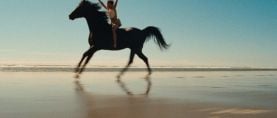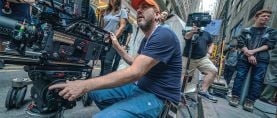Masters of the Air: Battle Plans
Production designer Chris Seagers details his strategy to stage the show’s epic World War II bomber action.
David E. Williams
Subscribe Today
Act now to receive 12 issues of the award-winning AC magazine — the world’s finest cinematography resource.





